3D visualization has revolutionized the fields of architecture and design by bridging the gap between initial concepts and tangible creations. From transforming rough sketches into lifelike models to allowing for immersive virtual tours of spaces before they are built, the power of 3D visualization is undeniable. This piece delves into the intricacies of utilizing this technology in design, exploring how it enhances creativity, streamlines communication, and ultimately brings visions to life in ways previously unimaginable.
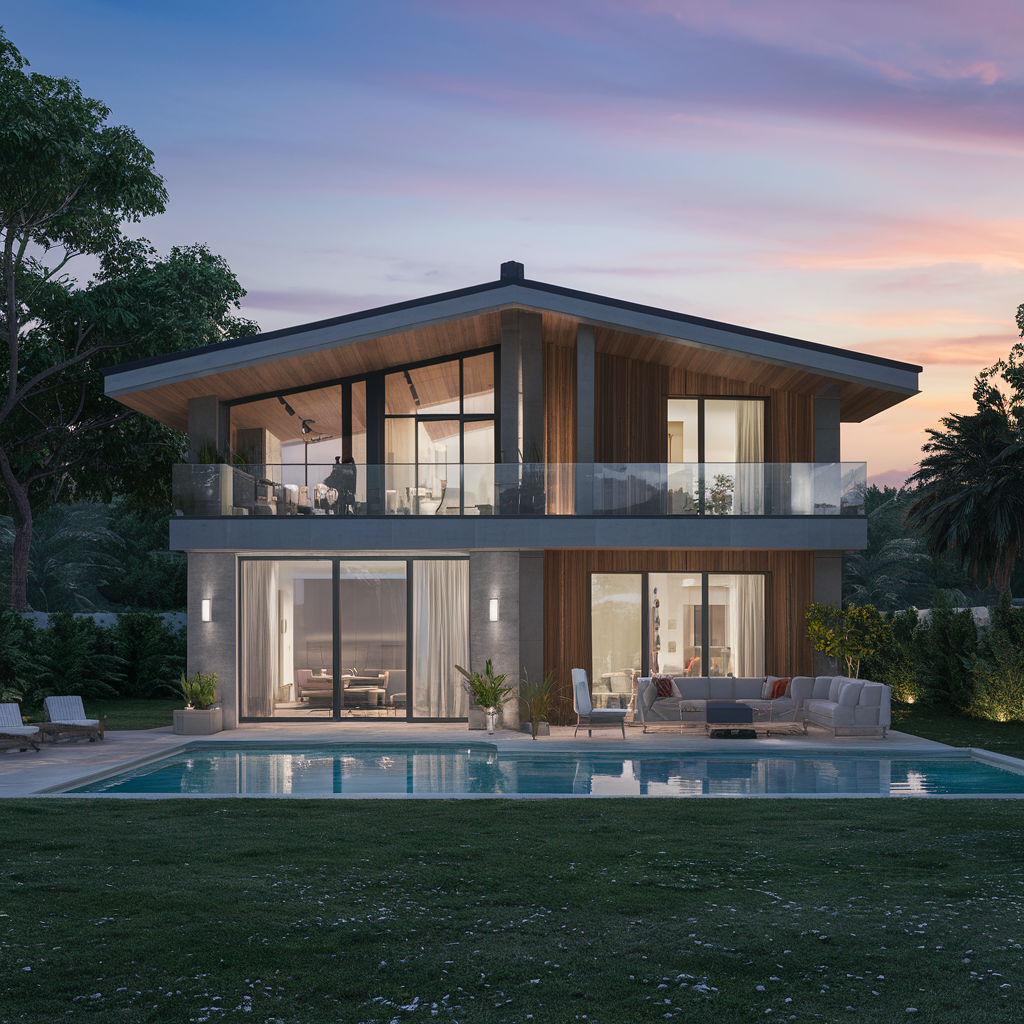
The Evolution of Design Visualization
From Pencil to Pixels
The process of design has witnessed a significant transformation with the advent of 3D visualization. Traditionally, architects and designers relied on hand-drawn sketches to convey their ideas. These drawings, while skillful, often left room for interpretation and could not fully capture the designer’s vision. With the shift from pencil to pixels, designers can now create detailed, accurate representations of their ideas. This digital shift not only increases precision but also allows for quick modifications and iterations. The ability to visualize structures and products in three dimensions has changed the way stakeholders interact with the proposed designs, making it easier for everyone to understand and engage with the concept long before the physical work begins.
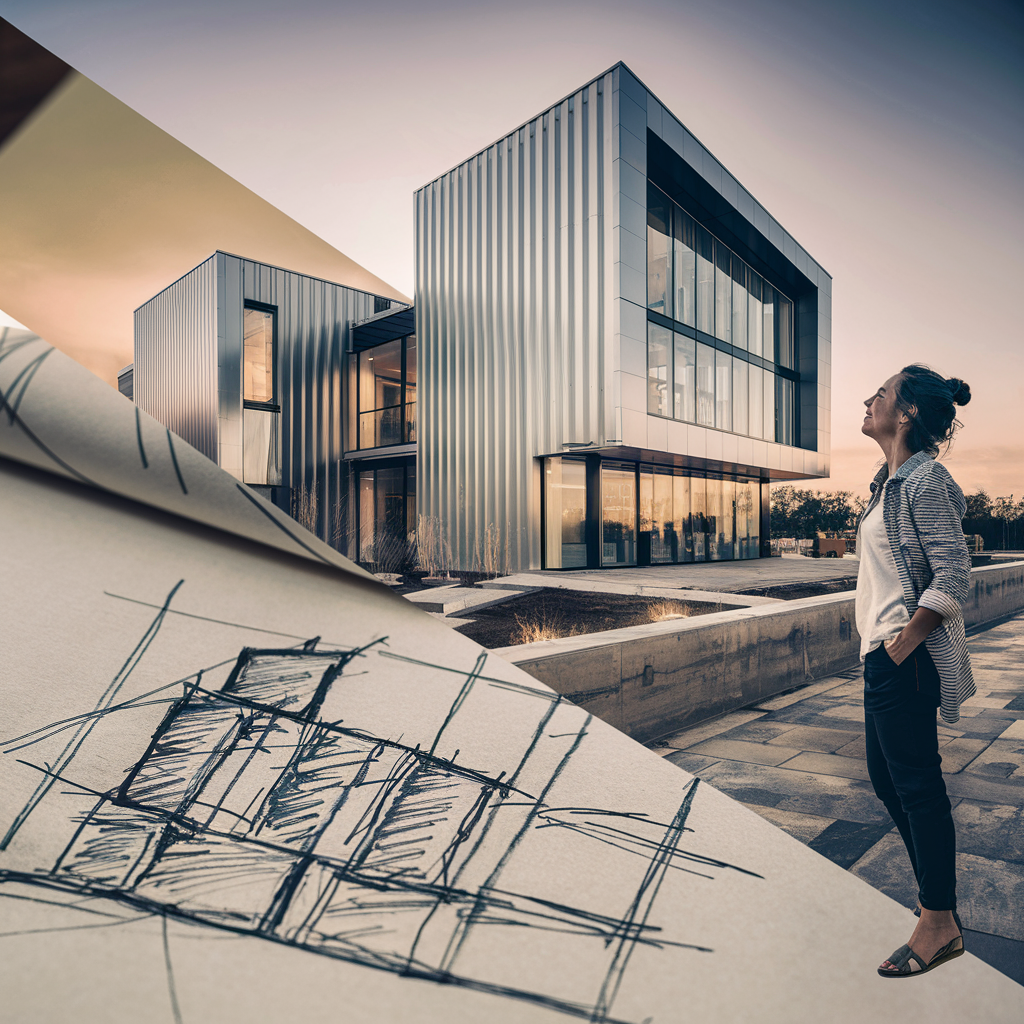
The Rise of 3D Software in Architecture
The architecture industry has undergone a digital revolution, primarily due to the rise of sophisticated 3D software. This technology enables architects to construct virtual models that are both detailed and scalable, providing a level of clarity that two-dimensional drawings cannot match. Software such as AutoCAD, SketchUp, and Revit has become integral tools, facilitating not just the design process but also the planning and construction phases. They allow for better prediction of potential issues, assessment of materials needed, and understanding of the overall spatial dynamics. As these software platforms continue to evolve, they incorporate more features that enhance efficiency, such as building information modeling (BIM), which adds intelligent data to models, further optimizing the design development process.

The Mechanics of 3D Visualization
Constructing Virtual Models
Constructing virtual models is at the heart of 3D visualization. It involves creating a digital representation of a design that can be viewed and manipulated on a computer. This process begins with the creation of a wireframe, a three-dimensional skeleton of the model. Designers then add surfaces, textures, and colors to give the model a lifelike appearance. Lighting effects and shadows are applied to enhance realism, making it possible to visualize how the design interacts with its environment. These models can be rotated and viewed from any angle, giving designers and clients a comprehensive understanding of the project. Moreover, virtual models are not static; they can be used to simulate real-world conditions, test structural integrity, and even predict the flow of people or traffic, providing valuable insights into the practical aspects of the design.

Rendering Realism: Lights, Textures, and Materials
Rendering is a pivotal step in 3D visualization that brings models to life with stunning realism. It’s the process where lights, textures, and materials are carefully applied to a virtual model to mimic real-world appearances. Lighting plays a crucial role; it creates mood, depth, and shadow, providing a sense of time and space. Textures add detail to surfaces, such as the roughness of brick or the smoothness of glass, while materials reflect the object’s properties, like its glossiness or transparency. This level of detail in rendering can make a digital model almost indistinguishable from a photograph, allowing clients to envision the final outcome with remarkable clarity. High-quality renders can also serve as powerful marketing tools, showcasing a project’s potential long before construction begins, and helping to secure stakeholder buy-in and funding.

Real-World Applications in Design
Revolutionizing Architectural Presentations
3D visualization has fundamentally changed the way architectural presentations are conducted. In the past, architects relied on physical models and drawings to present their concepts, which could be time-consuming to produce and challenging for clients to interpret. Now, architects can present complex designs using 3D models that clients can explore interactively. These presentations can be made more dynamic with the use of animations that simulate walkthroughs of the proposed spaces, providing an immersive experience. Additionally, virtual reality (VR) technology takes this one step further by placing clients directly into the virtual environment, allowing them to experience the scale and scope of a design in a truly engaging way. This leap in presentation technology not only impresses clients but also improves communication, reduces misunderstandings, and facilitates better feedback, leading to more successful project outcomes.
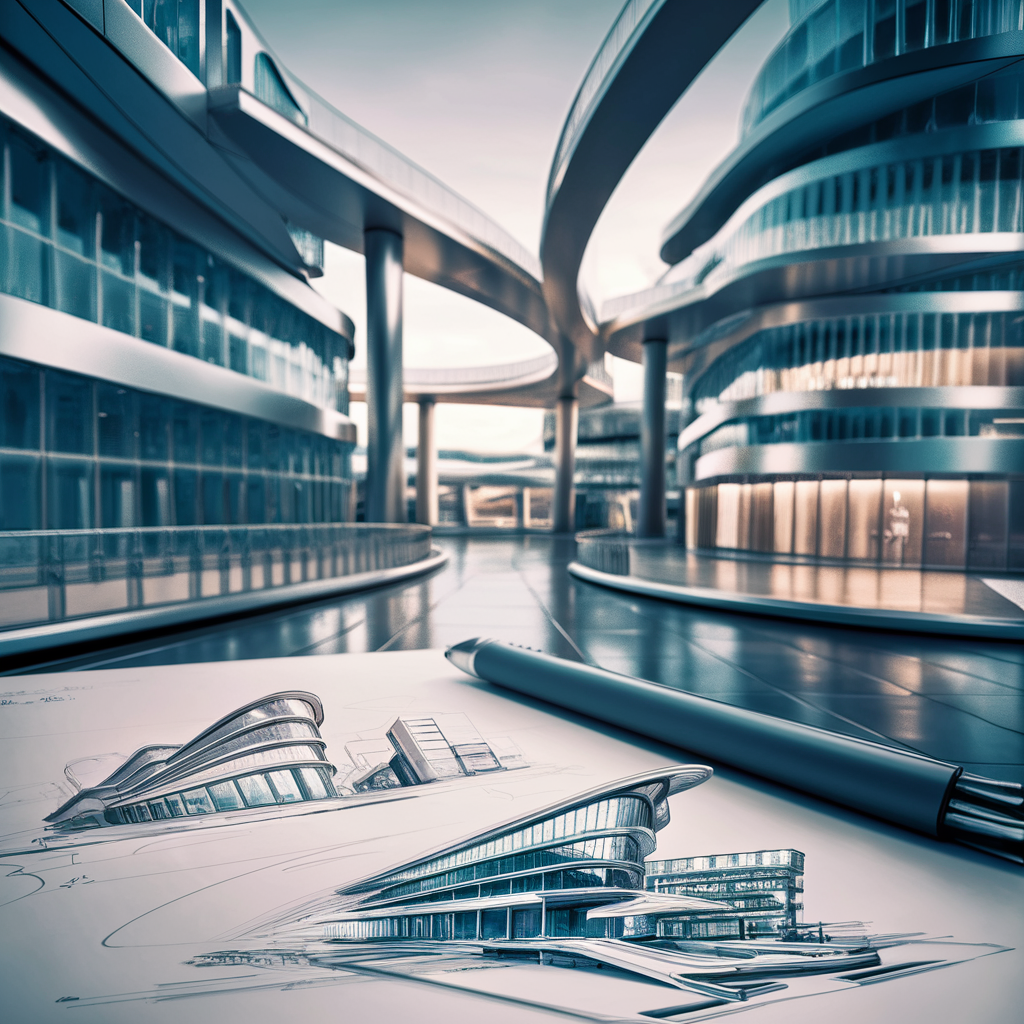
Enhancing Interior Design with Virtual Walkthroughs
Virtual walkthroughs have become an indispensable tool for interior designers, taking client engagement to new heights. This innovative application of 3D visualization allows clients to experience an interior space before any physical work has begun. It provides a sense of scale and perspective that two-dimensional images cannot, enabling clients to appreciate the spatial relationships and design elements in context. Designers can showcase different color schemes, furniture layouts, and material selections with a few clicks, making the revision process more efficient. Moreover, virtual walkthroughs are not limited to static viewing; they can simulate the experience of moving through a space, highlighting how different areas connect and flow together. This powerful visualization technique helps clients make informed decisions and express their preferences more clearly, which in turn aids designers in creating spaces that truly resonate with the end user.
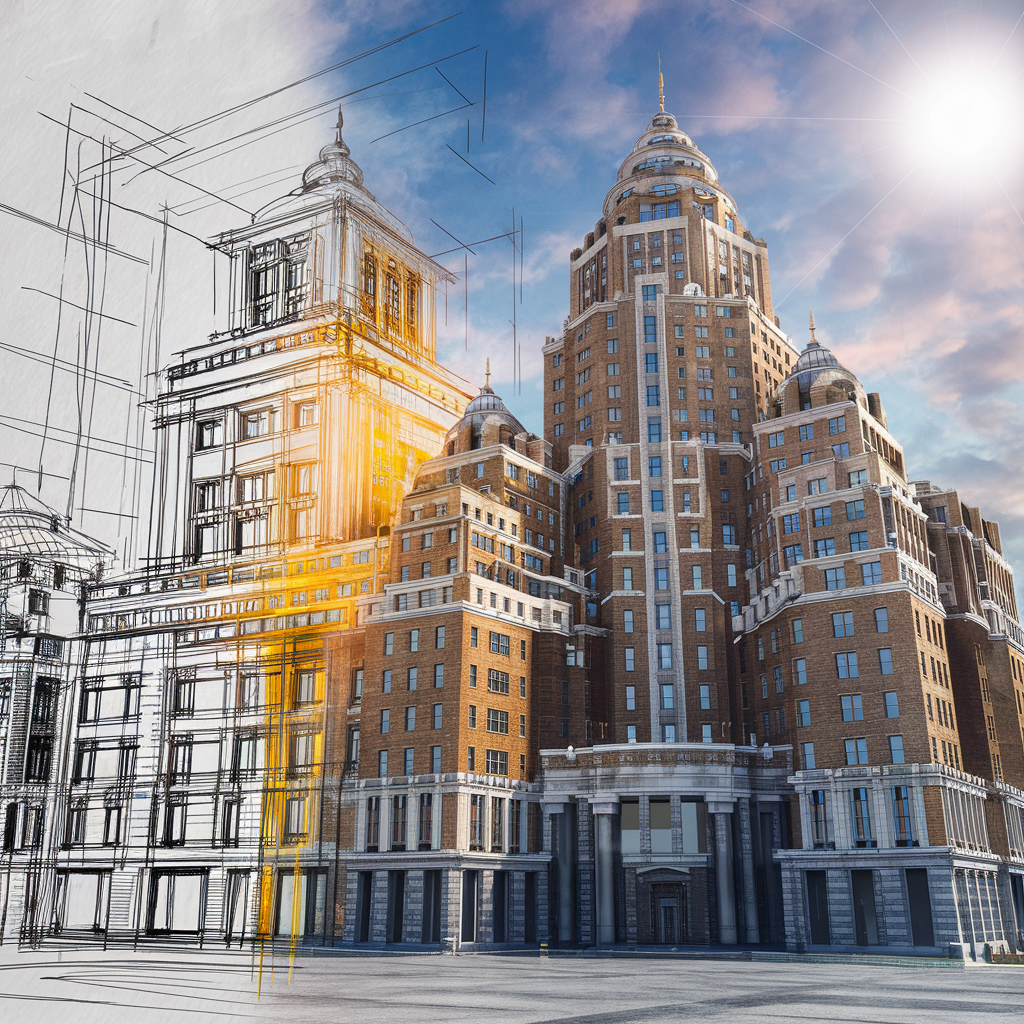
The Impact of 3D Visualization on Client Relations
Improving Communication and Feedback
3D visualization serves as a powerful communication bridge between designers and clients. It translates complex architectural ideas into accessible visuals, making it easier for clients to grasp concepts and provide specific feedback. Unlike traditional blueprints or 2D drawings, 3D models can be understood without specialized knowledge, which democratizes the design review process. Clients can more effectively articulate what they like or want to change, reducing the risk of misunderstandings and costly revisions later in the project. Furthermore, real-time rendering technologies enable designers to make adjustments on the fly during presentations, allowing for immediate visual feedback. This collaborative approach fosters a stronger relationship between clients and designers, as it demonstrates responsiveness and a commitment to achieving the client’s vision, ultimately enhancing client satisfaction and trust.
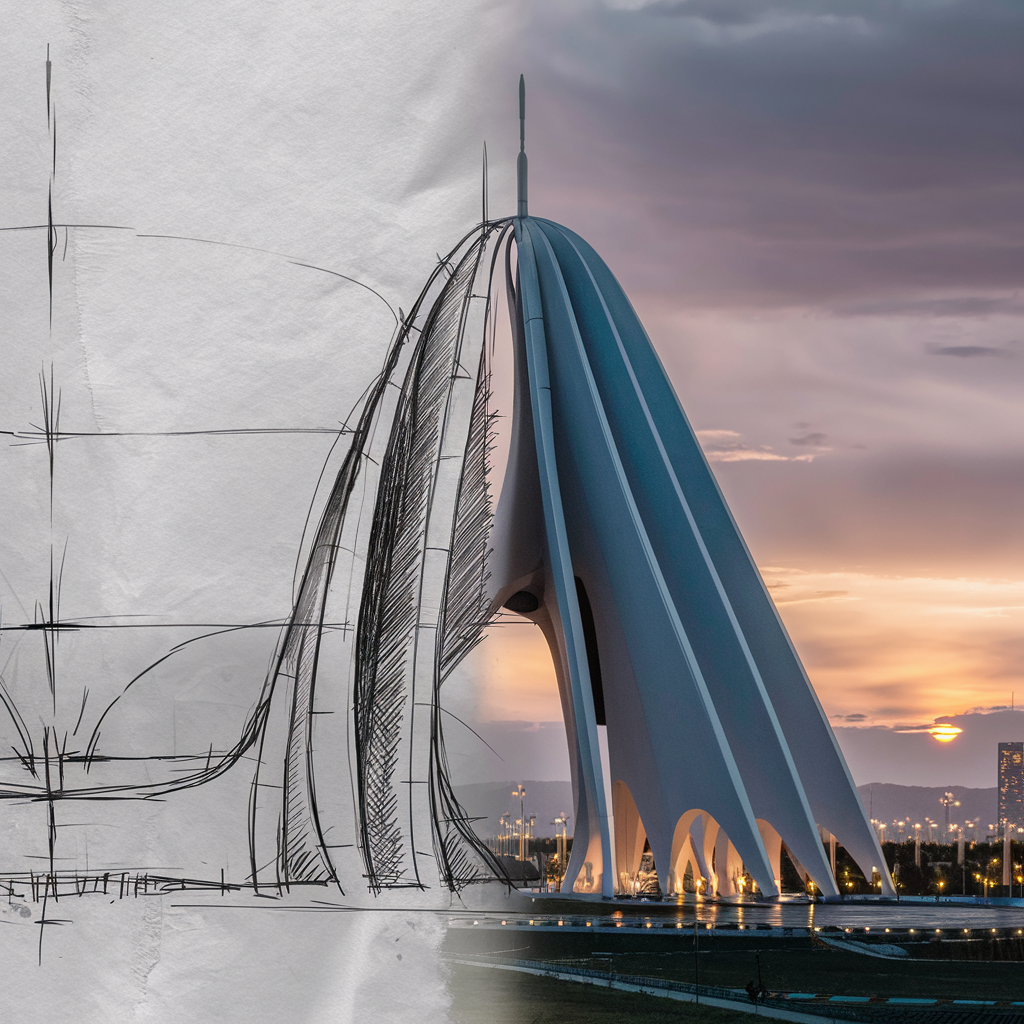
Accelerating Decision-Making Processes
One of the most significant advantages of 3D visualization is its ability to speed up the decision-making process. With a realistic representation of the final product, clients can quickly make informed decisions about the design, materials, and finishes. This immediacy is crucial, especially in fast-paced environments where time is of the essence. Traditional methods that require clients to interpret complex plans can lead to delays and indecision. In contrast, 3D models provide a clear and immediate understanding of how different options will look and function in the real world. This clarity not only streamlines the approval process but also reduces the likelihood of changes during construction, which can be costly and time-consuming. By enabling quicker decisions, 3D visualization helps keep projects on schedule and within budget, benefiting all parties involved.
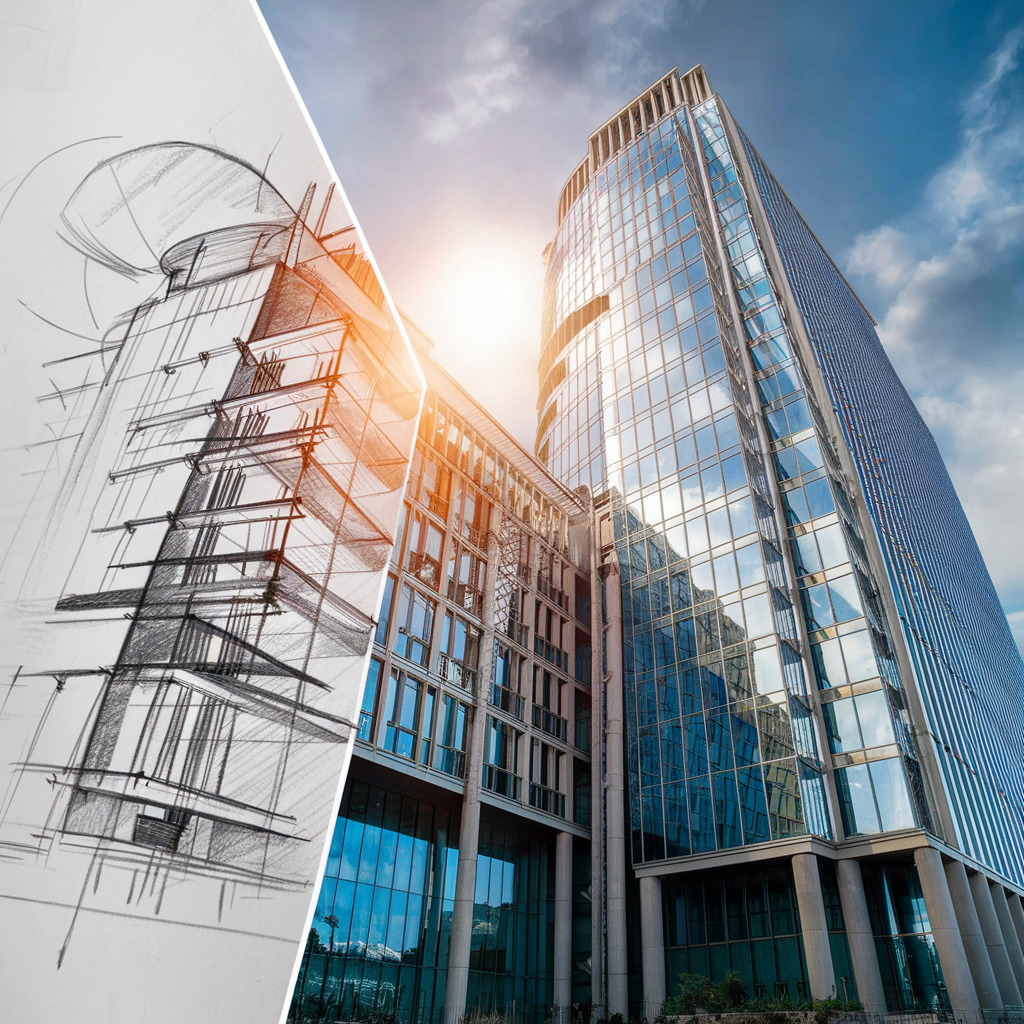
Future Trends in 3D Design Visualization
The Integration of Virtual Reality
As we look towards the future, the integration of virtual reality (VR) into 3D design visualization is set to deepen the immersive experience of architectural and interior design. VR takes 3D visualization a step further by allowing users to inhabit the space, offering a sense of presence that is unparalleled by traditional renders. Clients can walk through a virtual model of their home or building, experiencing the volume, lighting, and textures in a way that feels tangible. This technology is particularly useful for large-scale projects where understanding spatial relationships is crucial. Additionally, the integration of VR into the design process can facilitate better collaboration among architects, engineers, and builders, as they can explore and assess design options in a shared virtual environment. As VR technology becomes more accessible and user-friendly, its role in design visualization is expected to grow, providing even more powerful tools for professionals to convey their vision and for clients to engage with it.
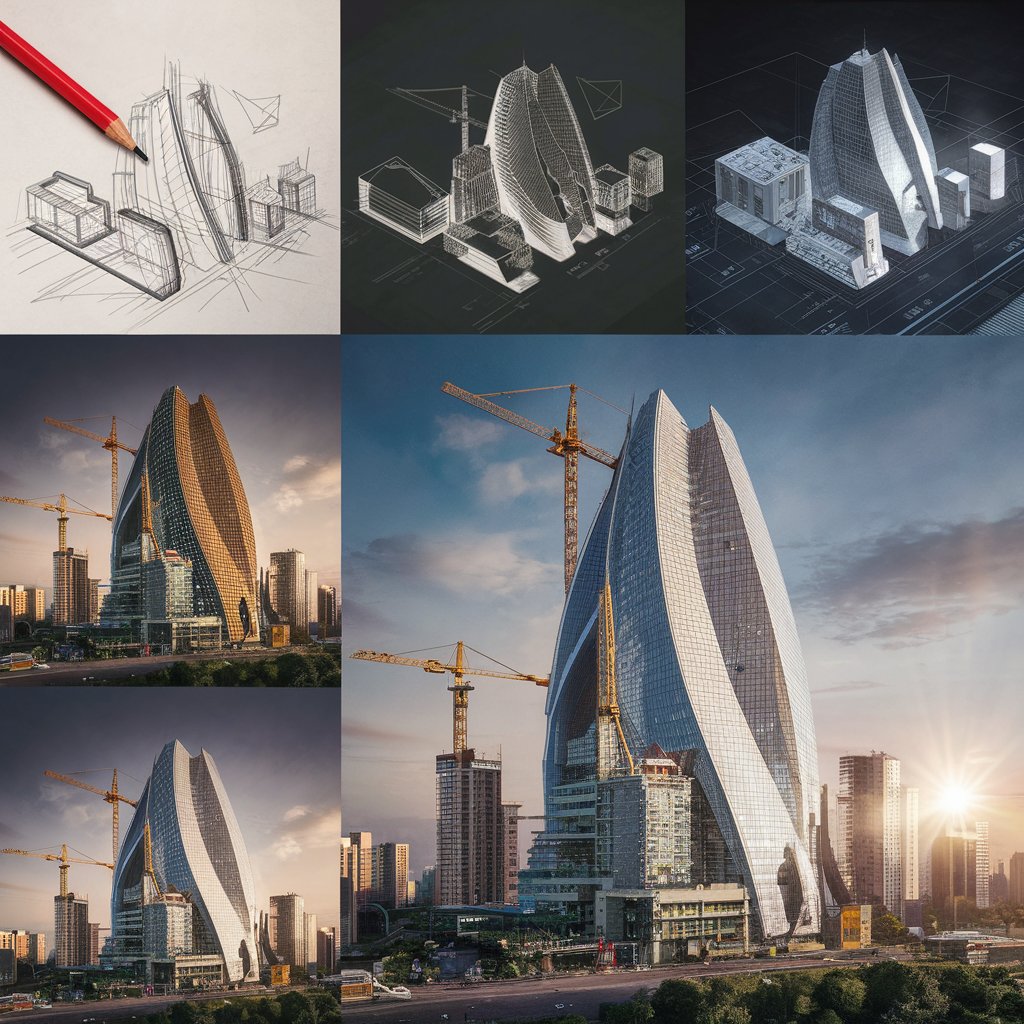
The Role of AI in Automated Design
Artificial intelligence (AI) is poised to become a transformative force in 3D design visualization. AI can automate certain design tasks, such as generating multiple variations of a model quickly, which allows designers to explore a wider range of options and alternatives in less time. AI algorithms can also optimize designs for environmental sustainability, cost, or materials usage, ensuring that the final product is not only aesthetically pleasing but also practical and efficient. Furthermore, AI can assist in the predictive analysis of how a design will perform, such as simulating pedestrian flow in a public space or natural light distribution in a building. As AI technology continues to evolve, it will enable more personalized and adaptive designs that can respond to specific user needs and preferences, further pushing the boundaries of innovation in 3D visualization.
